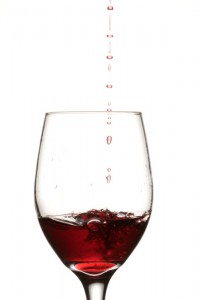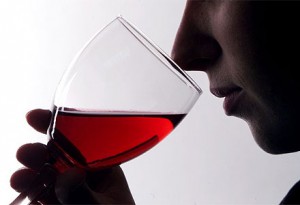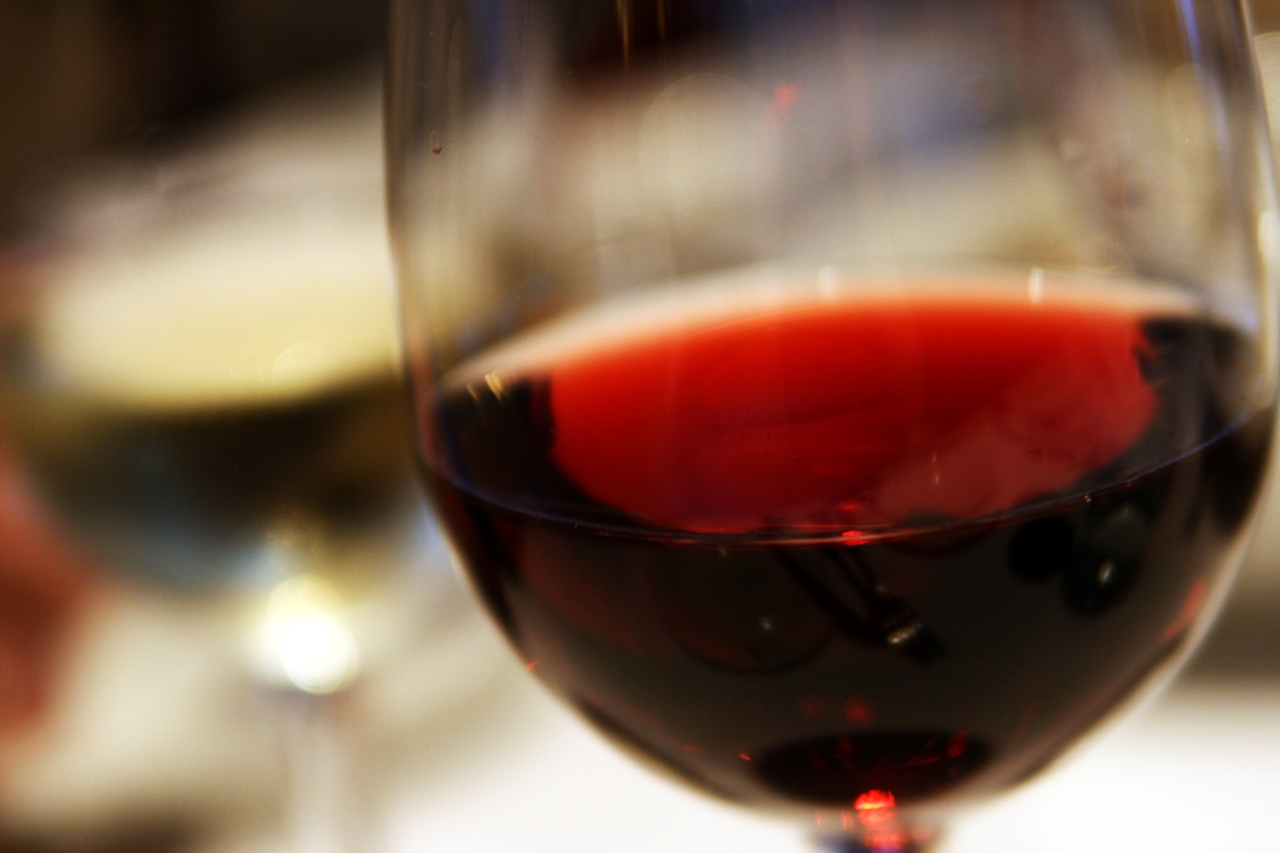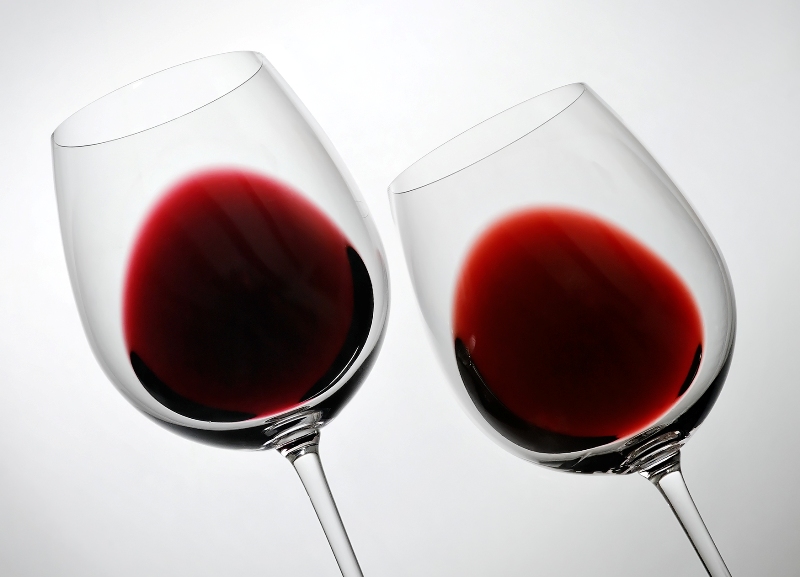 In conjunction with ProWine ASIA 2016 to be held on April 12 – 15, 2016 at the Singapore Expo, the organiser has invited a wine expert, Ms. Lisa Perrotti-Brown to give some tips on how to discern good quality wines. Ms. Brown is the author of “Taste Like A Wine Critic: A Guide to Understanding Wine Quality” and a Master of Wine (MW) – a title held by only a select few hundred experts worldwide.
In conjunction with ProWine ASIA 2016 to be held on April 12 – 15, 2016 at the Singapore Expo, the organiser has invited a wine expert, Ms. Lisa Perrotti-Brown to give some tips on how to discern good quality wines. Ms. Brown is the author of “Taste Like A Wine Critic: A Guide to Understanding Wine Quality” and a Master of Wine (MW) – a title held by only a select few hundred experts worldwide.
According to Ms. Brown, accessing a wine’s relative level of excellence happens at the point of tasting, while the quality of wine will result from its development and processing from grape to glass.
How to descern qualities of wine
Some of the indicators of wine quality include its fruit ripeness (as manifested in the wine), intensity and concentration, balance, and length of finish. For example, good quality wine should have ripe, approachable tannins and fully expressed flavour compounds as opposed to a dilute, overly sour and/or astringent or “hard” wines.
Balance refers to the wine’s components all existing in harmony and complementing each other so that no single aspect is obtrusive on the palate. This means that a wine should appear “seamless” in the mouth with no obvious “edges” such as too much acidity, oak or tannins.
The length of finish measures how long the wine’s taste lingers after it has been swallowed or spat. Great wines have long, pleasant and often complex finishes, which means that you may taste the flavours of the grapes or fruits that are in the wines for a minute or more after swallowing.
Other factors that come into play will include the wine’s ability to age, its regional typicality, value for money, the situation (e.g. with food), and its uniqueness.
How to tell a wine fault
Naturally the first thing in determining the quality of wine is if there is presence of any faults. The more common ones include cork taint (TCA) and oxidation, and can be detected when an aroma or flavour in the wine appears ‘off’ or just wrong.
Cork taint occurs when 2,4,6 – Tricloranisole or TCA, generated by naturally-occurring fungi that often exist in the crevices of wood or cork, comes into contact with chlorine compounds present in pesticides, cleaning agents, wood treatments, etc. When cork taint occurs, the wine will give out a musty, moldy aroma. Controlling the source of TCA has proved extremely difficult and currently there are no remedies.
Another wine fault is the oxidation or reduction of the wine – which happens when wines are either exposed to too much oxygen or too little respectively.
When oxidation occurs, this usually results in a breakdown of its attractive colour. Whites go a dull brown/straw, roses go brown/orange, reds become paler with an orange/brown rim. Chilling grapes and juice helps to slow oxidation. Though interestingly, oxidation is being infused into the wine style of Vin Santo, Tokaji, Vin Jaune andTawny Port.
Reduction on the other hand, may result in the wine smelling like rotten eggs, garlic or onions, or the aroma of burnt tyres. In remedy, swirling or decanting the wine in question can help to dissipate the malodorous compounds.
A good bottle of wine

Choosing a good bottle of wine really boils down to observation and evaluation of its quality. While building up on wine tasting experience may mean a faster pick up of the wine’s qualities, nuances and ‘getting it’, it is still most important that an individual enjoys the wine, and in essence, comprehend the wine.
Source: PR Newswire
Read also: Muscadine Grape Shows Promise in Fighting Cancers











